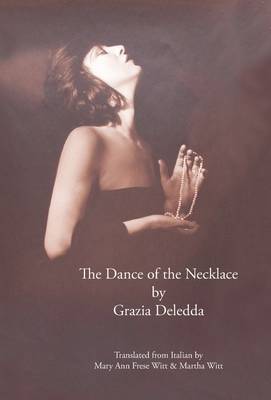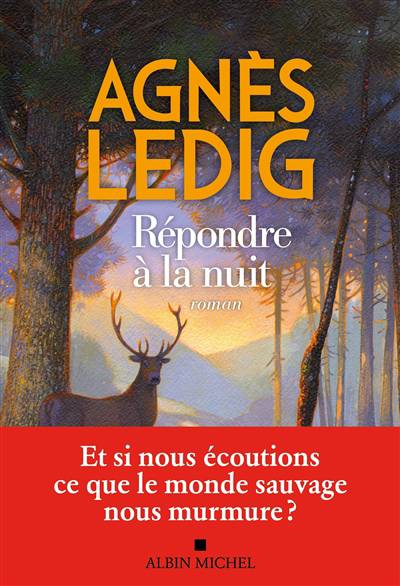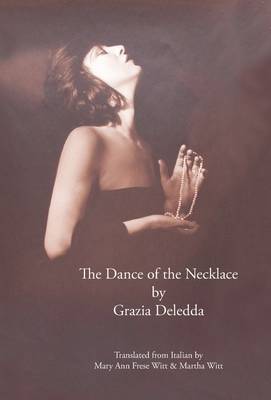
- Retrait gratuit dans votre magasin Club
- 7.000.000 titres dans notre catalogue
- Payer en toute sécurité
- Toujours un magasin près de chez vous
- Retrait gratuit dans votre magasin Club
- 7.000.0000 titres dans notre catalogue
- Payer en toute sécurité
- Toujours un magasin près de chez vous
Description
In The Dance of the Necklace, Grazia Deledda moves away from the countryside of her native Sardinia to create a classically modern, urban narrative. Writing in a more spare, experimental style, she uncovers the "vain anguish of our strongest passions: love, ambition, and the instinct to appear more than what we are."
A pearl necklace symbolizes the "dance" of jealousy, greed, and love, both erotic and familial, which unites and divides the three main characters: an aunt and her niece who share the same name and a young count seeking to regain his family's bartered string of pearls.
An innocent deception turns on itself to explore the nature of the double and the mask: two topoi of modernity. Like Virginia Woolf, Doris Lessing, and Annie Ernaux, Deledda delves into what it means to be a woman, alone and aging, living in a world where she is increasingly unwanted and invisible despite her lingering desires.
According to the critic Margherita Heyer-Caput, the novel is one of Deledda's "most conscious and disquieting expressions of modernity." It challenges the labels often applied to this writer and overturns established critical categories to question margin-center hierarchies applied to her work. The Dance of the Necklace is a remarkable and rare example of Deledda's modernism.
First English translation of La Danza della Collana (1924).
Introduction, notes, bibliography.
124 pages.
Spécifications
Parties prenantes
- Auteur(s) :
- Editeur:
Contenu
- Nombre de pages :
- 126
- Langue:
- Anglais
- Collection :
Caractéristiques
- EAN:
- 9781599104485
- Date de parution :
- 01-03-23
- Format:
- Livre relié
- Format numérique:
- Genaaid
- Dimensions :
- 140 mm x 216 mm
- Poids :
- 294 g

Les avis
Nous publions uniquement les avis qui respectent les conditions requises. Consultez nos conditions pour les avis.






